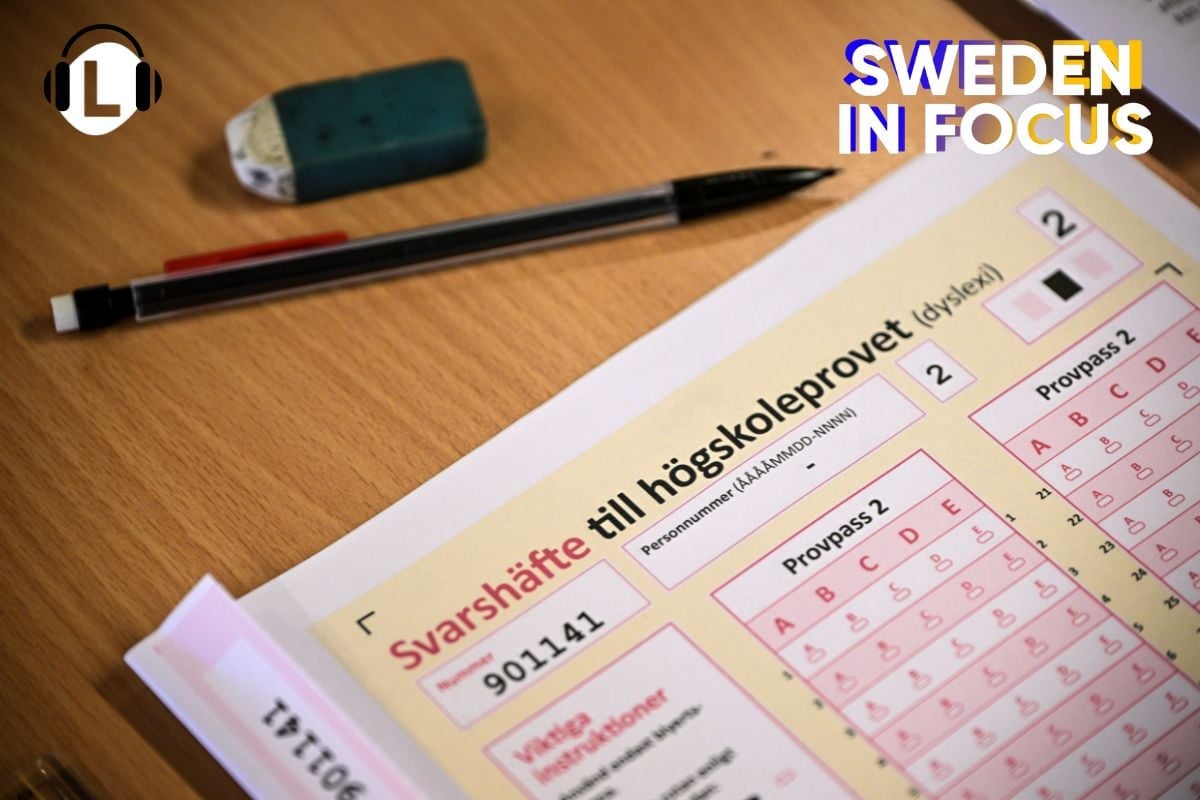The Actual Difference Between European and American Butter (And How It Impacts Baking)
There is a difference between American butter and European butter, but does it make a difference in your baked goods? I talked to a trained pastry chef to get some answers.


When I bake cookies or whip up cupcakes, I usually only pay attention to whether the butter is supposed to be salted or unsalted, and then buy whatever brand is cheapest. Given how many of my friends rave about Kerrygold butter, which is produced using milk from Irish grass-fed cows, I’ve wondered lately whether I may be missing out.
Should I be using European butter instead when I’m baking? And honestly, what’s the difference between butter from across the pond and butter made here in the States? I want my baked creations to be as delicious as possible, so I was determined to find out.
To settle the debate over whether European or American butter is better for baking specifically, I talked to a pastry chef. I learned that the answer really depends on what kind of results you want.
Is European or American Butter Better?
There’s no right or wrong type of butter for baking, but there are some important differences that can help inform your decision about which is best for you. Trained pastry chef and recipe developer Emily Laurae Carter says European butter—such as Plugra and Kerrygold—typically contains more fat than American butter. (It’s worth noting that some American producers, such as Danish Creamery, produce European-style butter.)

What’s the Difference Between European and American Butter?
European butter usually has a fat content of around 82 to 85 percent, while American butter typically falls around 80 percent. That may not sound like a big difference, but it’s likely to affect the taste and texture of your baked goods. “With a higher fat percentage, European butter can make your baked goods richer and more tender,” she says. “American butter, in contrast, can make things a bit lighter.”
Butter that contains more fat has a lower percentage of water, which can affect how a baked good rises (and ultimately, its texture). European butter might result in denser, richer baked goods than items made with American butter. You may notice a slight flavor difference between the two as well. While many European butters have a more pronounced, cultured flavor because of how they’re processed, Carter says American butter generally tastes more neutral or has a subtle sweet cream flavor.
Is Color an Indicator of Quality or Flavor?
Finally, you may notice European butter looks more yellow, thanks to the diet of European cows who tend to graze more on grass than their American counterparts. Grass is high in beta-carotene, a compound found in orange and yellow veggies, hence the yellower hue of the butter from grass-munching cows. American butter, in contrast, is usually paler due to differences in cow feed and butter production processes—but the color of the butter won’t affect the taste or texture of whatever you’re baking.
Ultimately, whether you use European or American butter depends on the specific requirements of the recipe and your personal taste preferences, says Carter. “The higher fat content in European butter can produce a richer flavor and a more tender texture in your homemade baked goods, making it the preferred choice for recipes where these qualities are the desired outcome,” she says. “American butter, with its lower fat content, might be better suited for recipes where a lighter texture is favored.”
To figure out what works best for you, try experimenting with both types during your next baking session and see which option you prefer!












